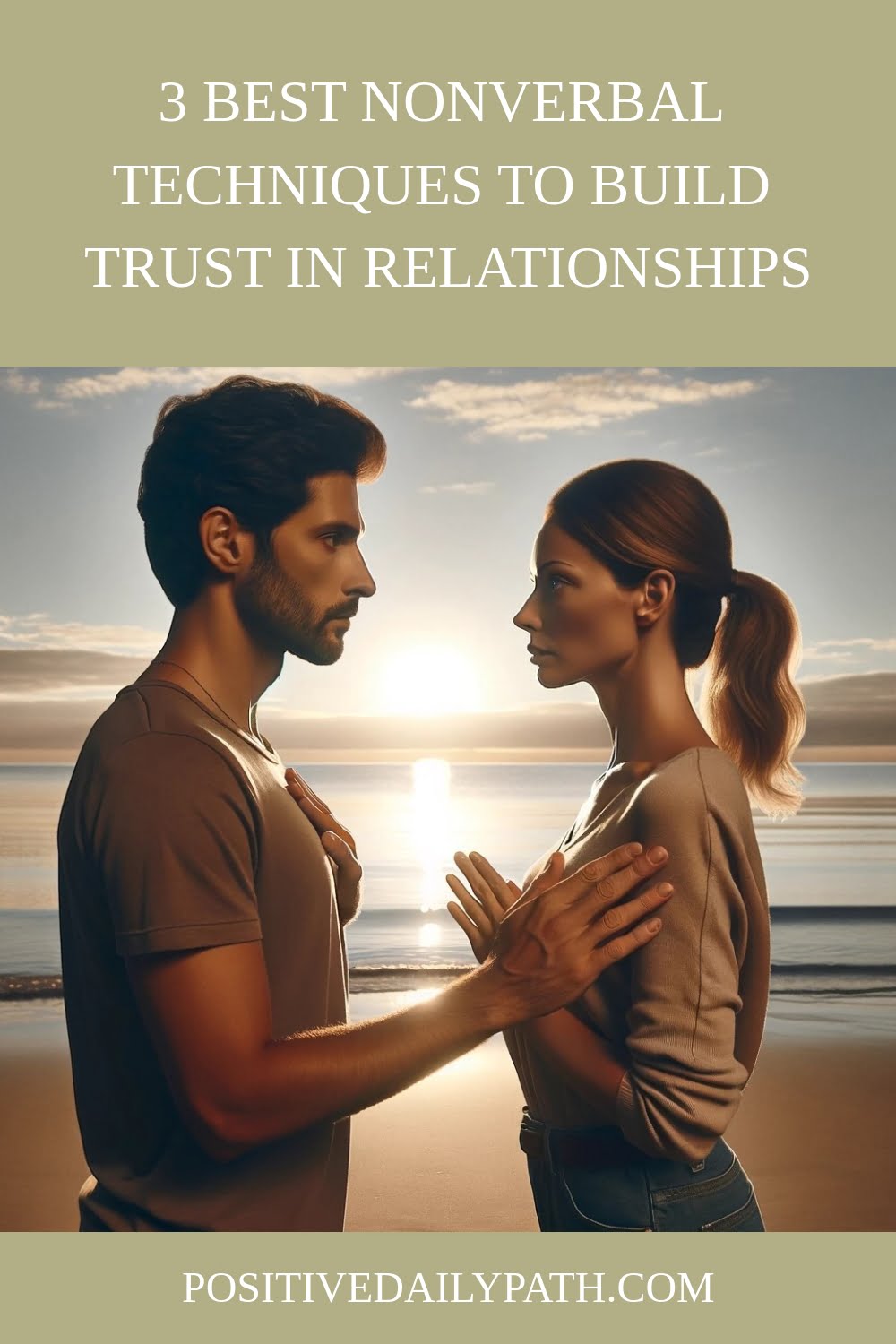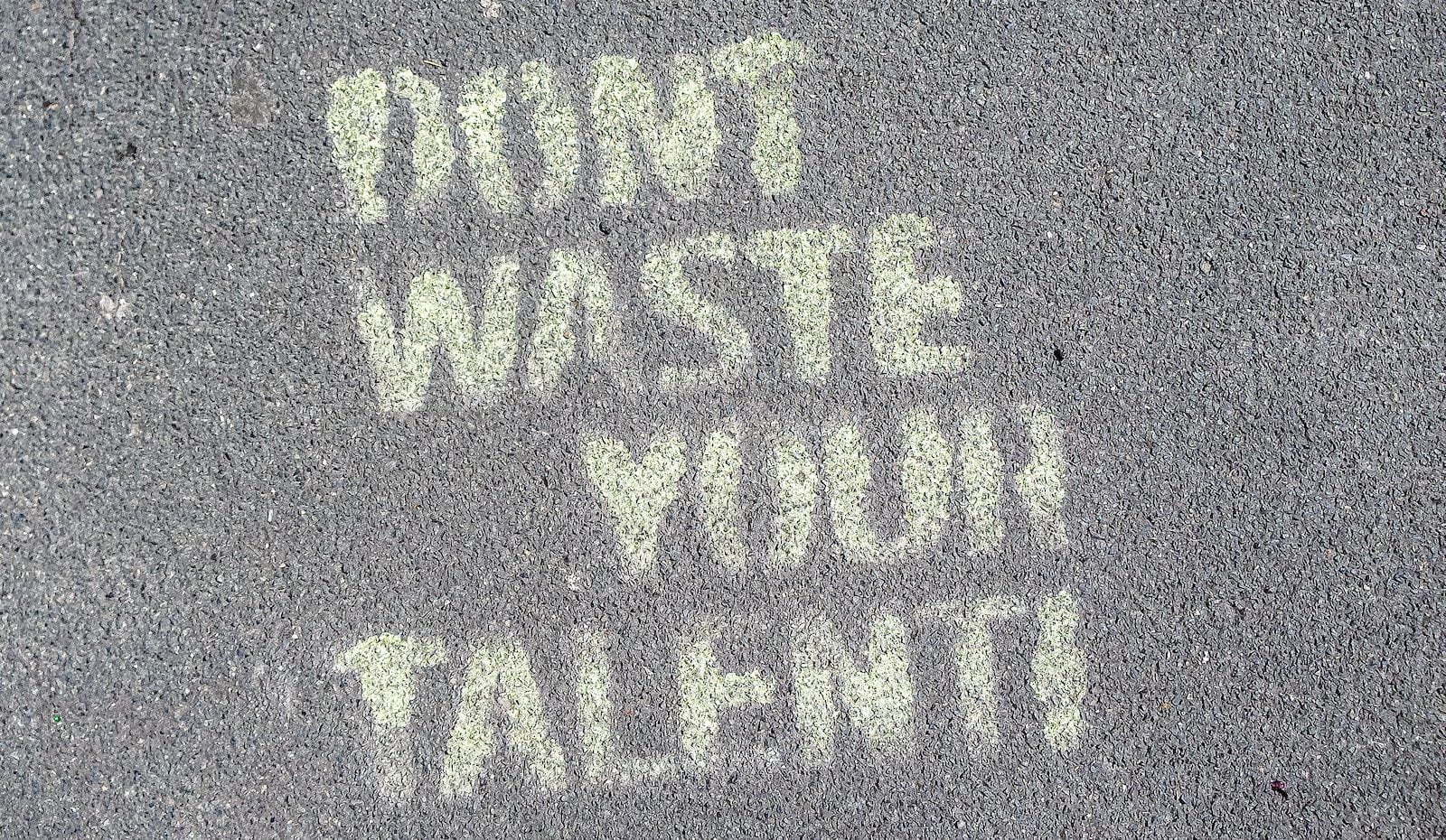You want to build trust in your relationships, but sometimes words aren't enough. That's where nonverbal techniques come in. By using eye contact, body language, and active listening, you can create a deeper connection and foster trust with the people in your life. So, how can you master these techniques? Let's delve into the three best nonverbal techniques that will help you build trust and intimacy in your relationships.
Key Takeaways
- Maintaining consistent and confident eye contact conveys sincerity, attentiveness, and connection.
- Facial expressions, such as a warm smile, create comfort and approachability.
- Active listening involves paying attention to nonverbal cues and adopting a nonjudgmental posture.
- Being aware of body language enables small adjustments that foster trust and intimacy.
Eye Contact
To foster trust within your relationships, it's essential to Maintain Consistent and Confident Eye Contact. Eye contact acts as a Powerful Nonverbal Cue, signaling sincerity and attention, essential for establishing a connection. By meeting someone's gaze, you demonstrate that you are Fully Present and attentive, laying the groundwork for Intimacy and Trust.
The role of Facial Expressions is pivotal when engaging in eye contact. A Warm Smile can be disarming, creating a welcoming and friendly atmosphere. This openness indicates that you're receptive and willing to engage. Conversely, negative expressions like frowning or showing disinterest can push others away, fostering a sense of disconnect.
Gestures and Hand Movements are additional tools that complement eye contact. Utilizing gestures can underscore your points and convey enthusiasm. However, it's vital to use them judiciously as excessive or forced movements can distract from the interaction. Aim for gestures that are Natural and aligned with your verbal communication to enhance the connection.
Overall, combining eye contact with positive facial expressions and appropriate gestures can significantly Strengthen Relationships. This blend of nonverbal cues can communicate your interest and engagement more profoundly than words alone, solidifying a foundation of trust and mutual understanding.
Body Language
In the journey of cultivating trust within your relationships, body language stands as a silent yet eloquent testament to your innermost feelings and intentions. The subtle cues you emit through your facial expressions, gestures, and postures can communicate more than words ever could. These nonverbal elements can significantly influence the dynamics of your interactions, often setting the tone for the level of trust and comfort that develops between you and those around you.
- Facial expressions are the window to your emotions and serve as a critical component of effective communication. For instance:
- A warm smile not only reflects friendliness but also encourages openness, signaling that you are a welcoming and trustworthy individual.
- In contrast, a frown or furrowed brow might inadvertently express negativity, possibly creating barriers to forming a solid, trusting bond.
Your gestures and postures also play a vital role in shaping others' perceptions of you. They can either invite people into your space or suggest that you prefer to keep your distance. For example:
- Leaning in during a conversation can demonstrate your investment and genuine interest in the exchange, paving the way for a stronger connection.
- However, crossed arms or hands on hips might convey a message of defensiveness or challenge, which could undermine the trust you're striving to build.
Being consciously aware of your body language and its impact can empower you to make intentional adjustments that enhance trust and rapport. Consider the following points:
- Strive to maintain a genuine smile and use nods to affirm that you are listening and empathetic.
- Adopt an open and relaxed posture, whether sitting or standing, to nonverbally communicate your openness to the relationship.
By integrating these simple yet effective nonverbal techniques into your daily interactions, you can significantly improve the quality of your relationships. It's often the smallest changes that yield the most profound effects:
- Ensure that your facial expressions match the sentiment of your words to avoid mixed messages.
- Use positive gestures, such as open palms or a gentle touch, to convey support and understanding.
In summary, the art of nonverbal communication is a powerful tool in the realm of trust-building. Paying attention to the silent messages you send through your body language can create a strong foundation of trust and intimacy. As you navigate your relationships, remember that these nonverbal cues are an essential component of the trust equation, speaking directly to the hearts and minds of those you wish to connect with.
Active Listening
Practicing Attentive Listening is a cornerstone in solidifying relationships and fostering trust. Active Listening goes beyond mere auditory perception; it involves keenly observing nonverbal signals and embracing an open-minded attitude. By doing so, you communicate to your partner a deep respect and appreciation for their viewpoints and emotions.
To be an active listener, it's imperative to Give Your Partner Undivided Attention. This means setting aside all distractions and truly concentrating on the speaker. Demonstrating that you're engaged through Eye Contact, nodding, and appropriate responses ensures your partner feels heard. It's crucial to Avoid Interrupting or preparing your reply while they're still speaking, as this allows them the freedom to express themselves thoroughly.
Embracing a Nonjudgmental Approach is key to effective active listening. It's about creating a safe space for your partner to communicate openly, without fear of criticism. By Acknowledging Their Feelings and Validating Their Experiences, you're not just hearing them; you're deeply understanding their perspective.
In summary, active listening is about fostering an empathetic dialogue where both parties feel valued. It's about creating a mutual space of respect where each person can share openly and trust that they will be received with empathy and understanding, strengthening the bonds of the relationship.




